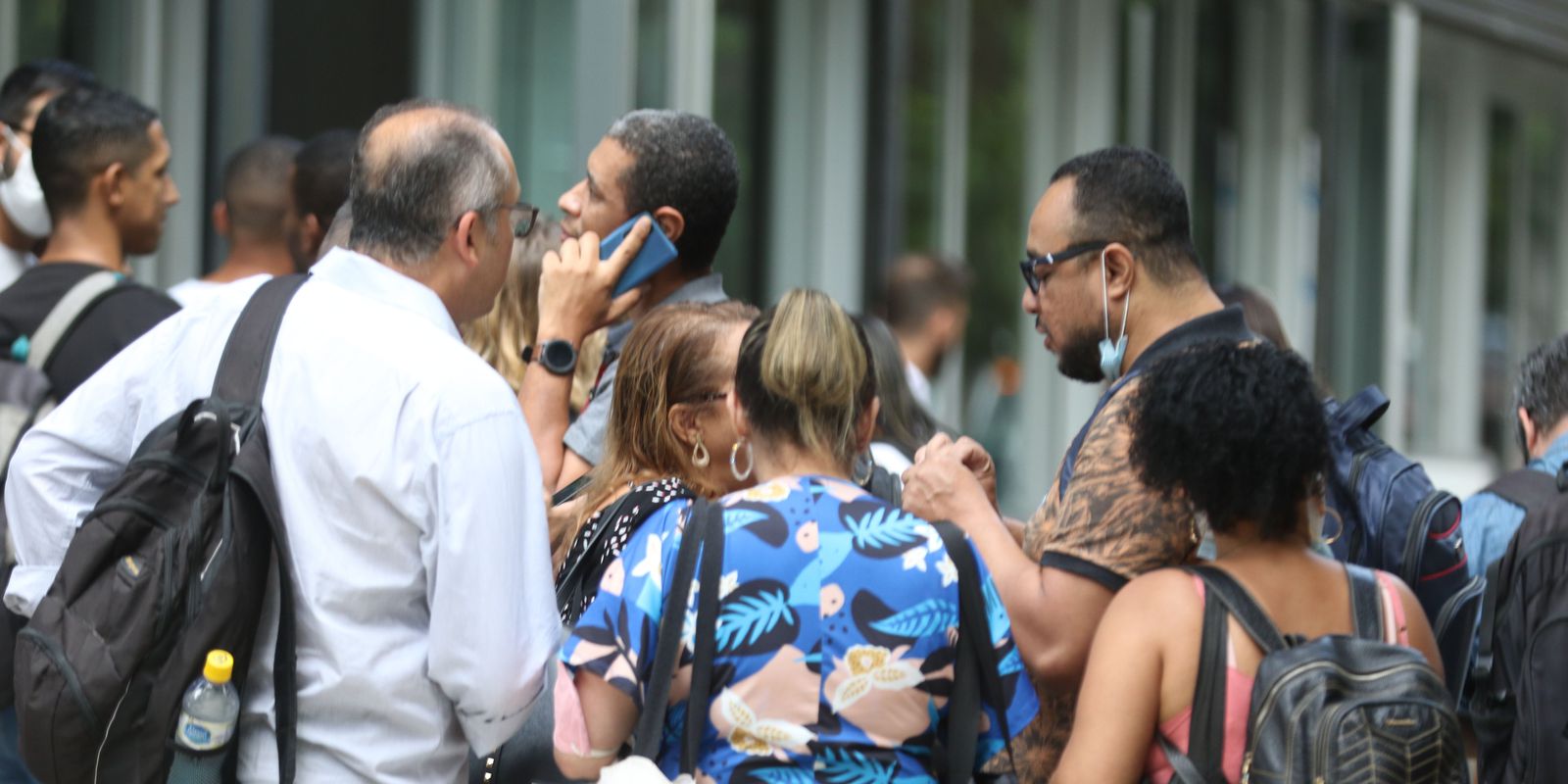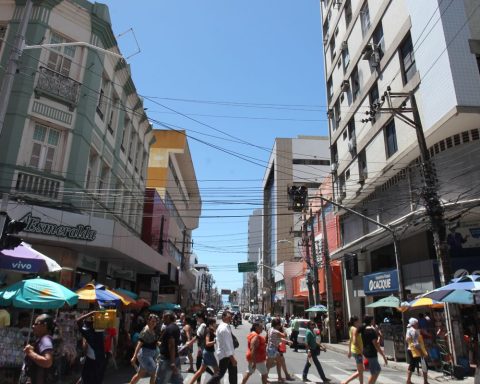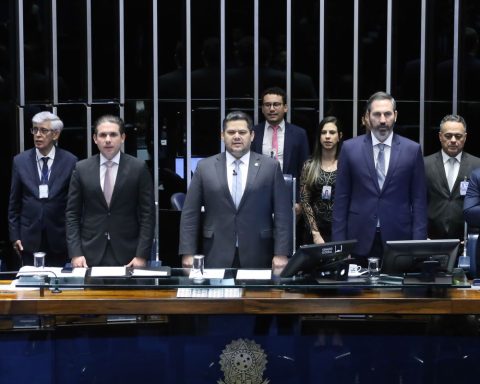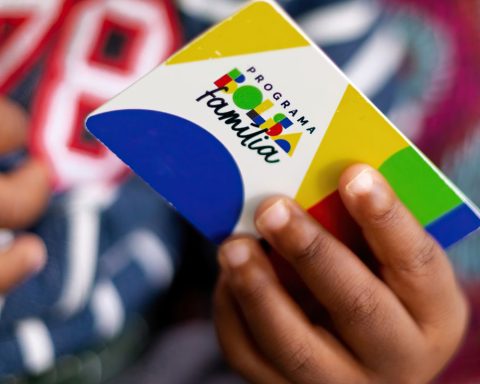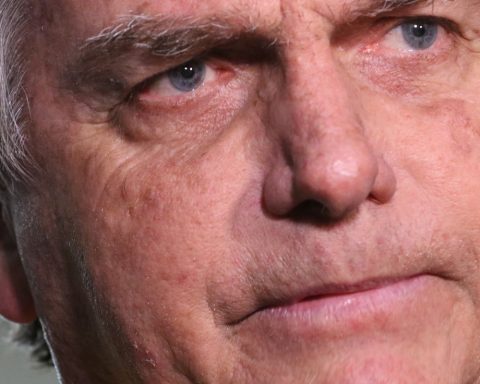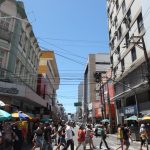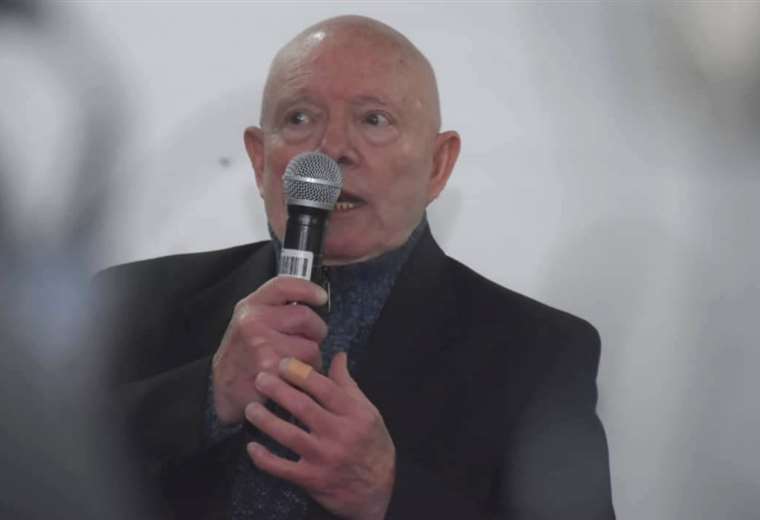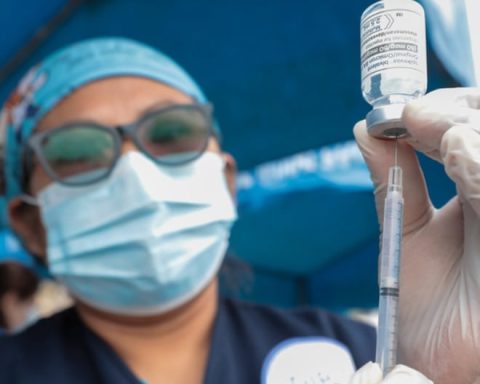The drop in the unemployment rate seen in the third quarter of this year, which dropped from 9.3% to 8.7% in comparison with the previous quarter, reflected an increase in employment in only six states: Paraná (-0.8 percentage point) , Minas Gerais (-0.9), Maranhão (-1.1), Acre (-1.8), Ceará (-1.8) and Rondônia (-1.9). The other 21 units of the Federation remained stable.
Data from the Quarterly Continuous National Household Sample Survey (PNAD) were released today (17) by the Brazilian Institute of Geography and Statistics (IBGE), with a state profile.
According to IBGE’s Labor and Income coordinator, Adriana Beringuy, in the annual comparison, there was a significant drop in the unemployment rate in all units of the Federation, falling 3.9 percentage points compared to the same quarter of 2021, when the registered rate was of 12.6%.
“In the second quarter, the occupancy rate had dropped by 1.8 percentage points, with the drop spreading across 22 states. In the third quarter, the fall was less intense, of 0.6 percentage points, and this had repercussions on local results, by state”.
The lowest unemployment rates in the third quarter were verified in Rondônia (3.9%), Mato Grosso (3.8%) and Santa Catarina (3.8%). By region, the South has the lowest unemployment, at 5.2%, with the three states having percentages below the national average.
Informality
The informality rate stood at 39.4% in the third quarter. The highest percentages were registered in Pará (60.5%), Maranhão (59.1%) and Amazonas (57.1%). The lowest informalities in the period were observed in Santa Catarina (25.9%), in the Federal District (29.8%) and in São Paulo (30.6%).
Employees are considered informal workers Sunethical and private sector workers without a formal contract, employers and self-employed workers without CNPJ and auxiliary family workers.
Self-employed workers accounted for 25.9% in the quarter, with the highest percentages in Rondônia (37.4%), Amapá (34.7%) and Amazonas (32.4%) and the lowest in Goiás (23 .2%), Mato Grosso do Sul (22.0%) and the Federal District (21.1%).
According to the IBGE, in the third quarter only 25.3% of workers Suncitizens of the country had a formal contract. In the private sector they are 73.3%, with the lowest percentages in the North (57.7%) and Northeast (57.3%). The highest proportions of formality are in Santa Catarina (88.4%), in Rio Grande do Sul (81.3%) and in São Paulo (81.2%). The smallest ones were verified in Maranhão (47.0%), Piauí (48.5%) and Pará (50.3%).
The institute points out that around 2.6 million people have been looking for work for two years or more in the country, which is equivalent to 27.2% of the unemployed. Another 44.5% had been looking for a job for a month or less than a year and 11.7% had been looking for a job for a year or less than two years. Around 16.6% had been looking for a vacancy for less than a month.
The composite rate of underutilization of the workforce was 20.1%, with the highest rates in Piauí (40.6%), Sergipe (36.1%) and Bahia (33.7%). The lowest rates of underutilization were in Santa Catarina (6.8%), Rondônia (9.1%) and Mato Grosso (10.5%).
Already the discouraged, in the third quarter of this year, totaled 4.3 million, or 3.8% of the population in the workforce. Alagoas (17.3%) and Piauí (13.3%) had the highest percentages and Santa Catarina (0.5%) and Rondônia (1.2%) had the lowest.
gender and race
Beringuy points out that the unemployment rate for men is 6.9%, below the national rate of 8.7%, while the rate for women was 11.0% in the period.
“The unemployment rate has fallen both among men and among women, but the gap between them has been increasing, with women having a much higher percentage than men”.
In terms of race, the vacancy rate for blacks was 11.1% and for browns 10.0%, above the country’s average. Unemployment among whites was 6.8%.
By level of education, the unemployment rate for people with incomplete secondary education was 15.3%, higher than for other levels of education. For incomplete higher education, the rate was 9.1%, more than double that of complete higher education (4.1%).
Performance
Income analysis showed that the average monthly amount received by workers was R$2,737 in the quarter, registering an increase compared to the previous three months (R$2,640) and also in the annual comparison (R$2,670). Growth in the quarter was 3.7%, with expansion in most states.
The mass of income from all jobs added up to R$ 266.7 billion, with growth compared to the previous quarter (R$ 254.5 billion) and to the same period of last year (R$ 242.7 billion).
